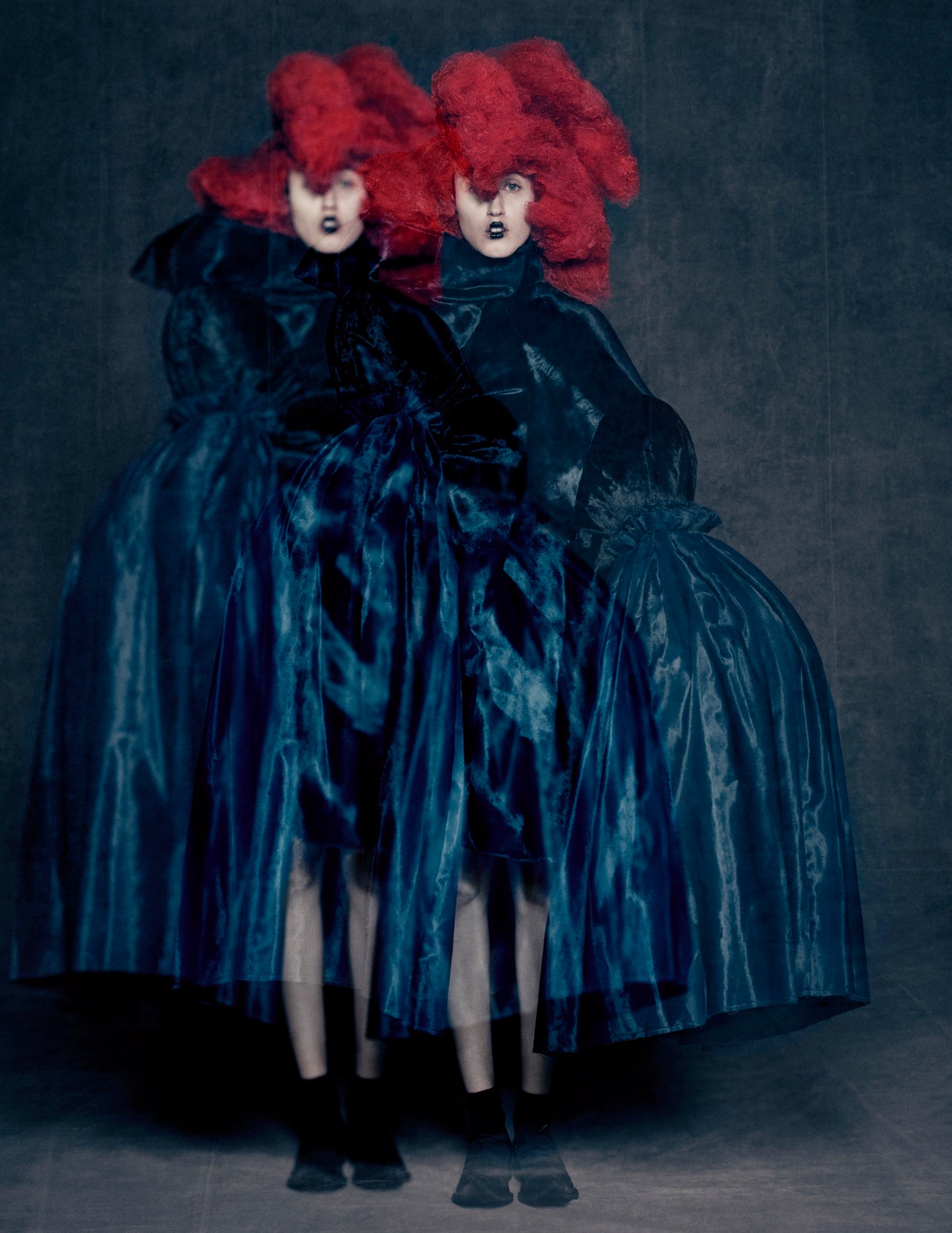Categories can be presented as choices, but more often, they designate limitations to our freedom. Between options lurks an “or,” a subtle warning of our “this or that” restrictions.
“Rei Kawakubo/Comme des Garçons: Art of the In-Between,” the exhibition opening this week at The Metropolitan Museum of Art in New York City, operates differently. The show, honoring iconic Japanese designer Rei Kawakubo, is divided into several categorical pairings, such as “Then/Now,” “East/West,” “High/Low,” and even “Clothes/Not Clothes.” Yet the slash stuck between each pairing isn’t intended as an “or.” Instead, it’s meant to demarcate an in-between, a space that turns dichotomies into cacophonous harmonies.
The exhibition, decisively described as not a retrospective, features 150 garments from Kawakubo’s collections, divided into binary categories she then proceeds to break down. All of the pieces are presented at eye-level, so the viewer can properly observe the magic of their construction. There is no wall text whatsoever, a nod to Kawakubo’s consistent refusal to define her work in rigid terms. “The meaning is that there is no meaning,” she said in 1995.
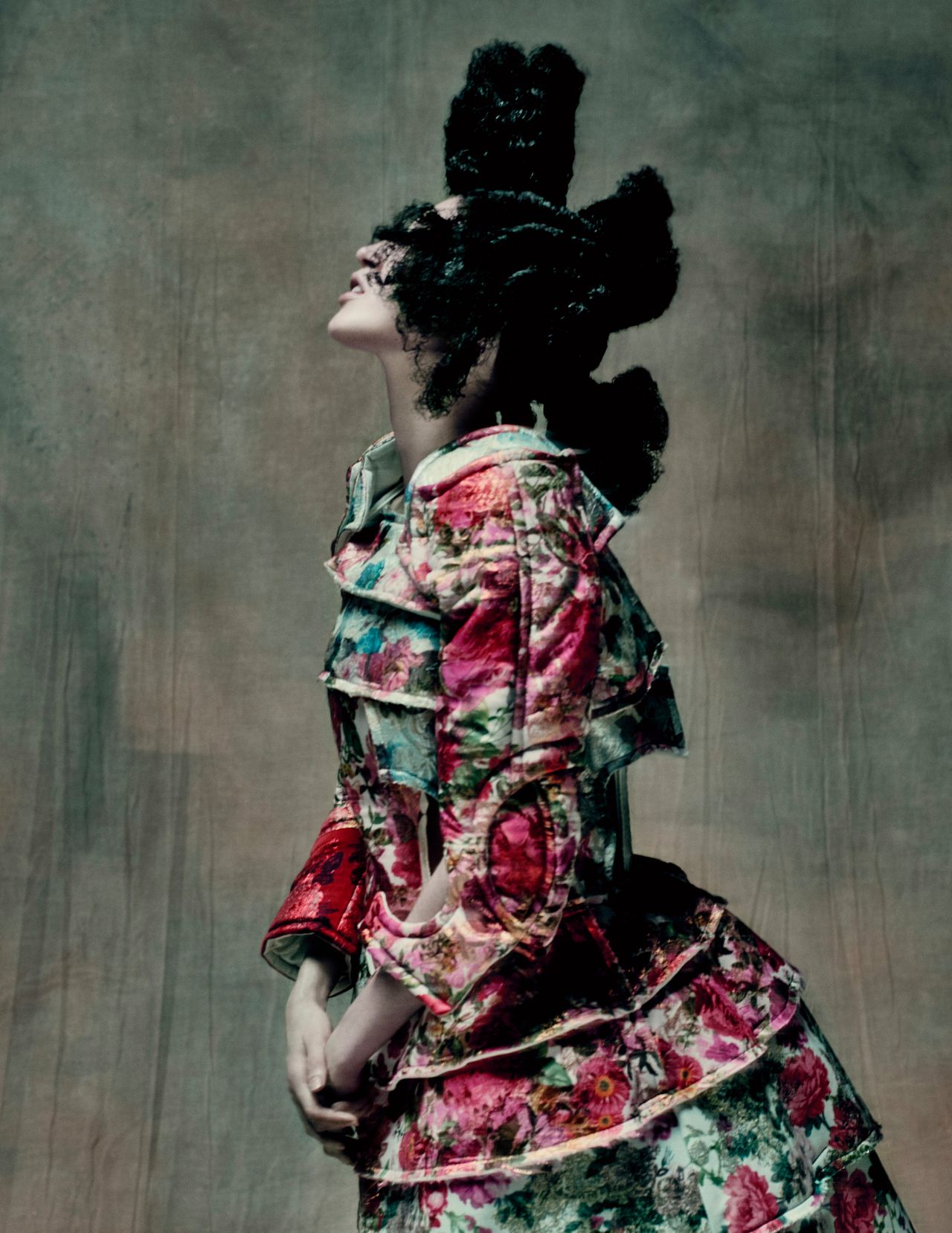
The designer was born in Tokyo in 1942, the oldest of three children and the only girl. At university, Kawakubo studied the history of aesthetics, which incorporated elements of Asian and Western Art. It was in 1973 when she established her now-famous label Comme des Garçons (which means “like some boys”), opening her first store just two years later.
Kawakubo made her Western debut in Paris in 1982, disrupting the era’s wave of glamorous power suits with saggy, lopsided black frocks accentuated with holes, shredded fabric and excess layers of more black. Like many great avant-garde works of art, Kawakubo’s collection was initially met with shock and disdain; critics described it as “ragged chic,” “Hiroshima’s revenge” and “post atomic.”
One of her most iconic collections came over 10 years later with the spring/summer 1997 collection “Body Meets Dress, Dress Meets Body,” featuring skintight stretch dresses pulled over ballooning pads. The form-hugging attire accentuated the pads’ bizarre humps and swelling, radically transfiguring the wearer’s silhouette. The dresses, which were later adapted into costumes for a Merce Cunningham dance, epitomize Kawakubo’s radical ability to defy the assumptions about clothes you never knew you had.
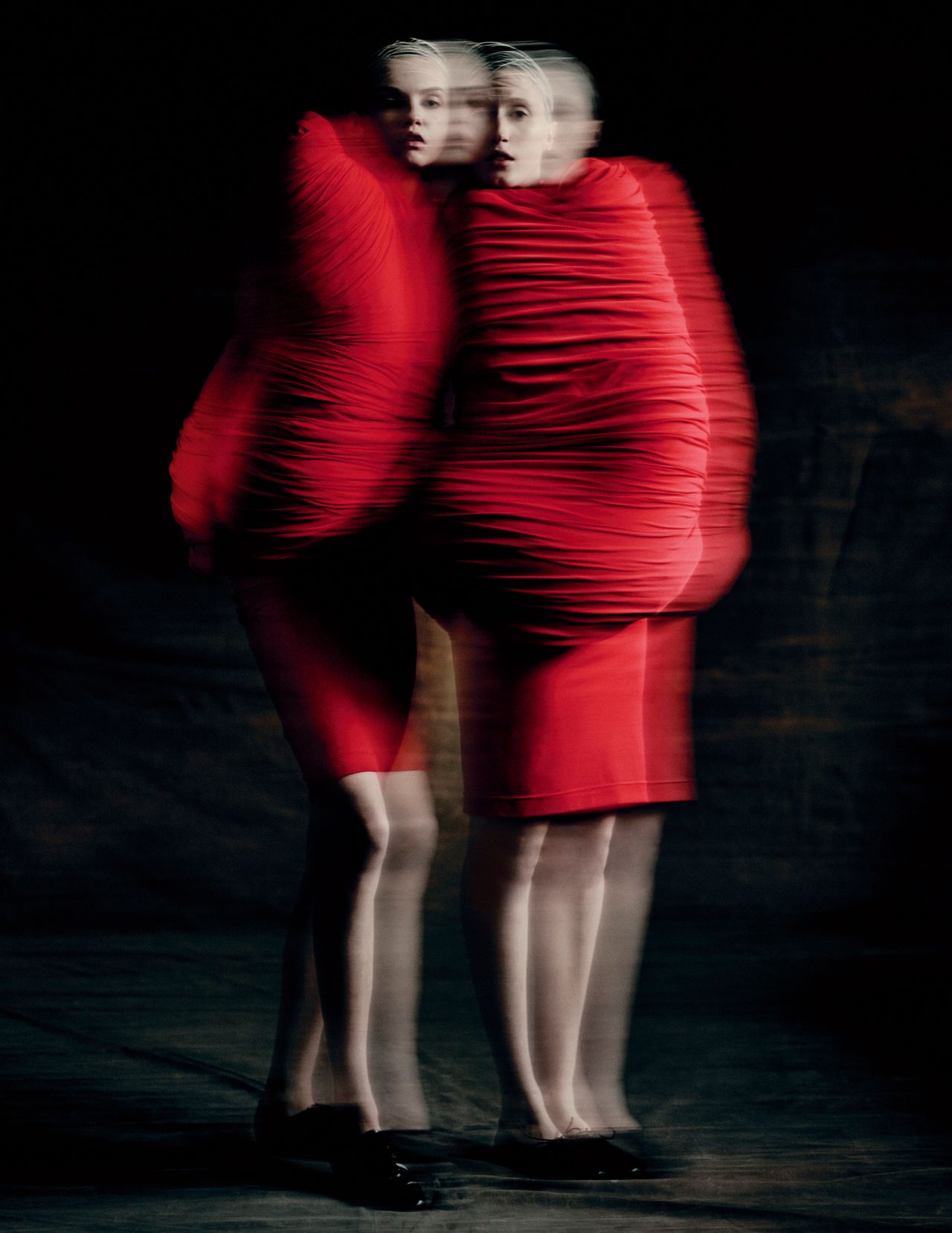
Even if you’re not into identifying fashion designers, recognizing Kawakubo’s work is a cinch. Mostly because her designs barely resemble clothing at all, boldly defying the laws clothes are intended to serve. Most garments cater to the body of their wearer ― flattering the figure by enhancing certain body parts and downplaying others, all in accordance with ideal beauty standards. Even more fundamentally, they follow certain elementary guidelines ― for example, shirts and pants have a set amount of holes.
For Kawakubo, these items of clothing are hardly that simple. As she told The Guardian: “I built my work from within instead of satisfying a demand for sexualised and ostentatious clothing.”
At times, a Commes des Garçons piece can resemble a cocoon or a gift in haphazard wrapping paper. Some tops contain far too may holes for human arms to occupy, as if designed with another species in mind; others have none at all. Many feature bulging protuberances, while other extreme finishing touches like ruffles or collars seem to be exacting revenge on the wearer.
Kawakubo’s designs tend to transform those who don them into mythical personae, otherworldly creatures or conceptual artworks. Instead of aspiring to make a woman look long and lean, Kawakubo endows her models with pillowy hunchbacks and architectural nests for hair, destabilizing the gaze that often governs fashion.

For centuries, the act of dressing up has proven capable of turning women into characters ― the bride, the professional, the vixen, the princess, the tomboy. The ability to embody an alter ego just by slipping on a dress can be liberating, though of course, the range of available characters can also be limiting. They can seem like choices that, in reality, are anything but.
Kawakubo, however, explodes the vault, queering established feminine tropes and ushering in the masculine, the inanimate, the surreal. Instead of being an “old Hollywood starlet” for a night, how about a pillowcase? A cluster of barnacles? A cobweb? Kawakubo’s clothing invites women to transcend and transmute their bodies, weaving fairytales from their own flesh. In Commes des Garçons’ world, there are no stereotypes, no laws, no masters and no categories: the freedom is absolute and often breathtaking.
You might not realize how similarly individuals dress until you set eyes on a woman wearing what looks like a blowfish carcass, something so unmistakably distinct. Even at The Met Gala, where Kawakubo was the theme, Rihanna’s army of petals ― one of the few actual Comme des Garçons dresses worn ― made jaws drop.
Today, Kawakubo is known as one of the most respected designers of all time ― only the second living designer to be honored with a Met exhibition, after Yves Saint Laurent’s in 1983. Some repeated themes in Kawakubo’s work include the colors black and red, bulging shapes, punk plaid, allusions to bridal and princess gowns ― somehow mangled and resuscitated ― tattered holes, shredded layers, asymmetrical hems and a sculptural intensity that’s rarely seen on the human body.
Most of all though, she’s defined by her inability to be defined. Her work’s most identifiable quality is its sense of boundlessness, which brings into being visions so viscerally peculiar most of us couldn’t conjure them in a dream state. In an interview with The New Yorker, the famously silent Kawakubo revealed that she had “never belonged to a movement, followed a religion, subscribed to an ideology, or worshipped a hero.”
She has even denounced those who have hailed her a feminist icon, refusing to belong to any such category. “I am not a feminist,” she said in 2009. “I was never interested in any movement as such. I just decided to make a company built around creation, and with creation as my sword, I could fight the battles I wanted to fight.”
Comme des Garçons does, however, liberate women from the monolithic male gaze, from the fashionable tradition of dressing up as a mode of self-improvement. But the label does more. It frees art from existing, cold and untouched, in glass cases and frames. It releases pants from the expectation of being two-legged. And it emancipates human beings from their flesh, inviting people to embody intangible ideas that defy categorization.
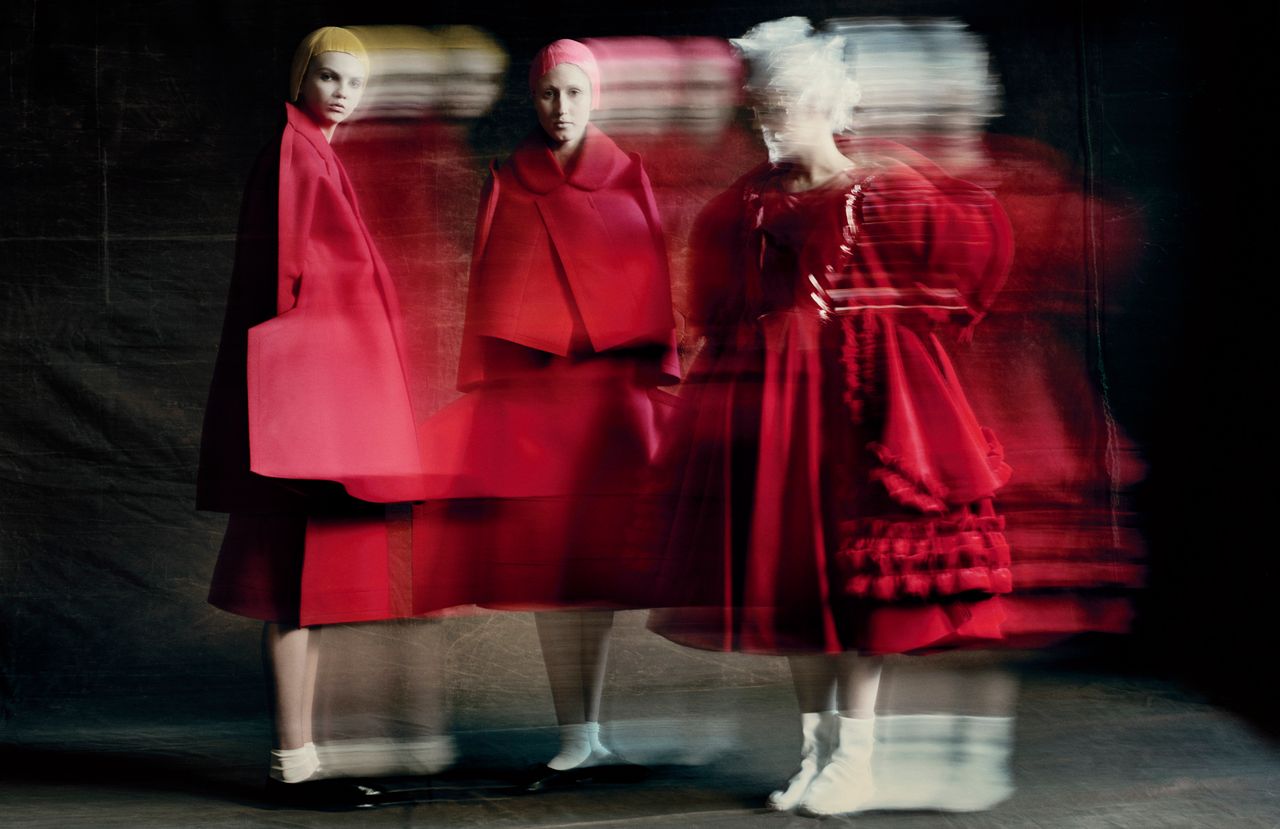
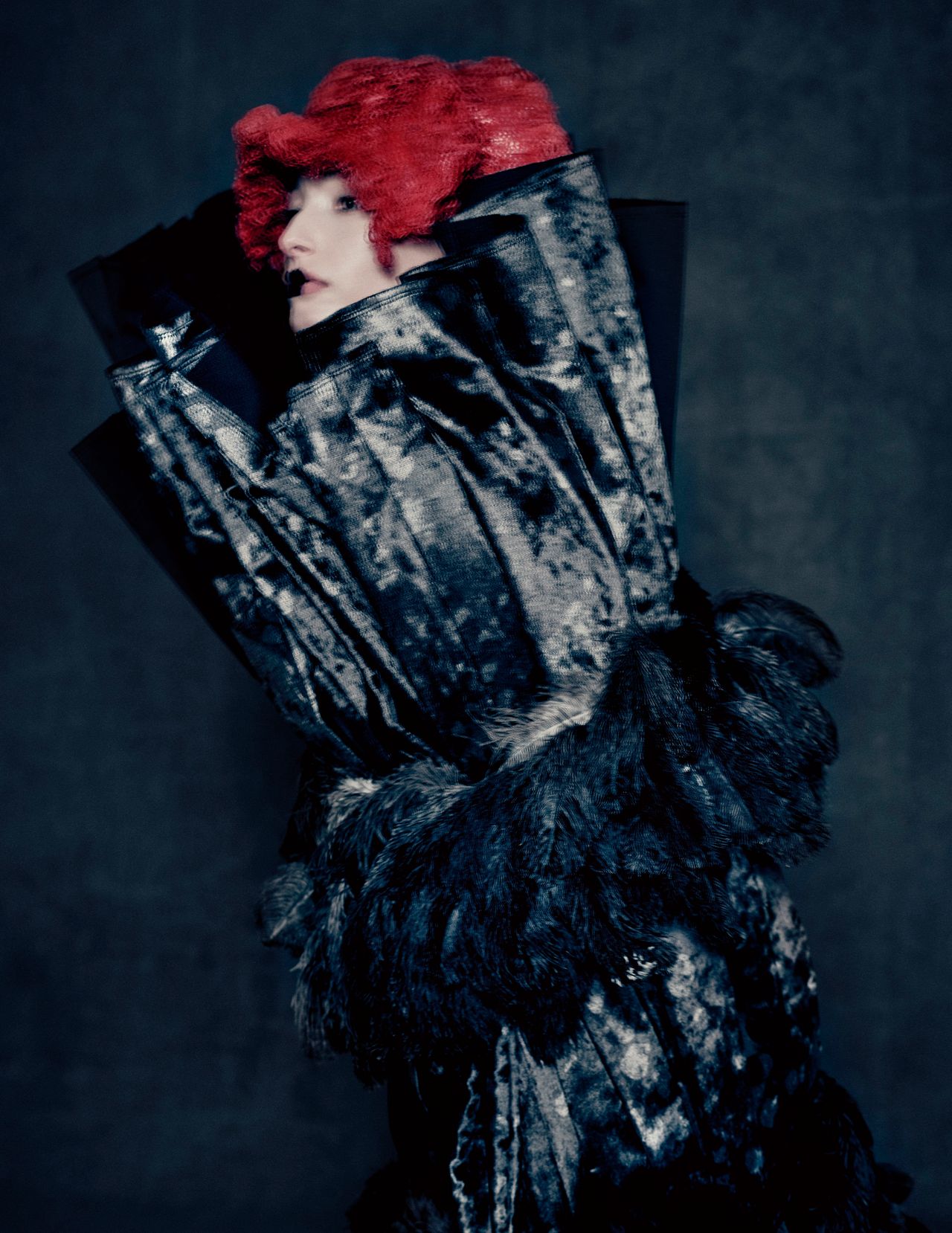
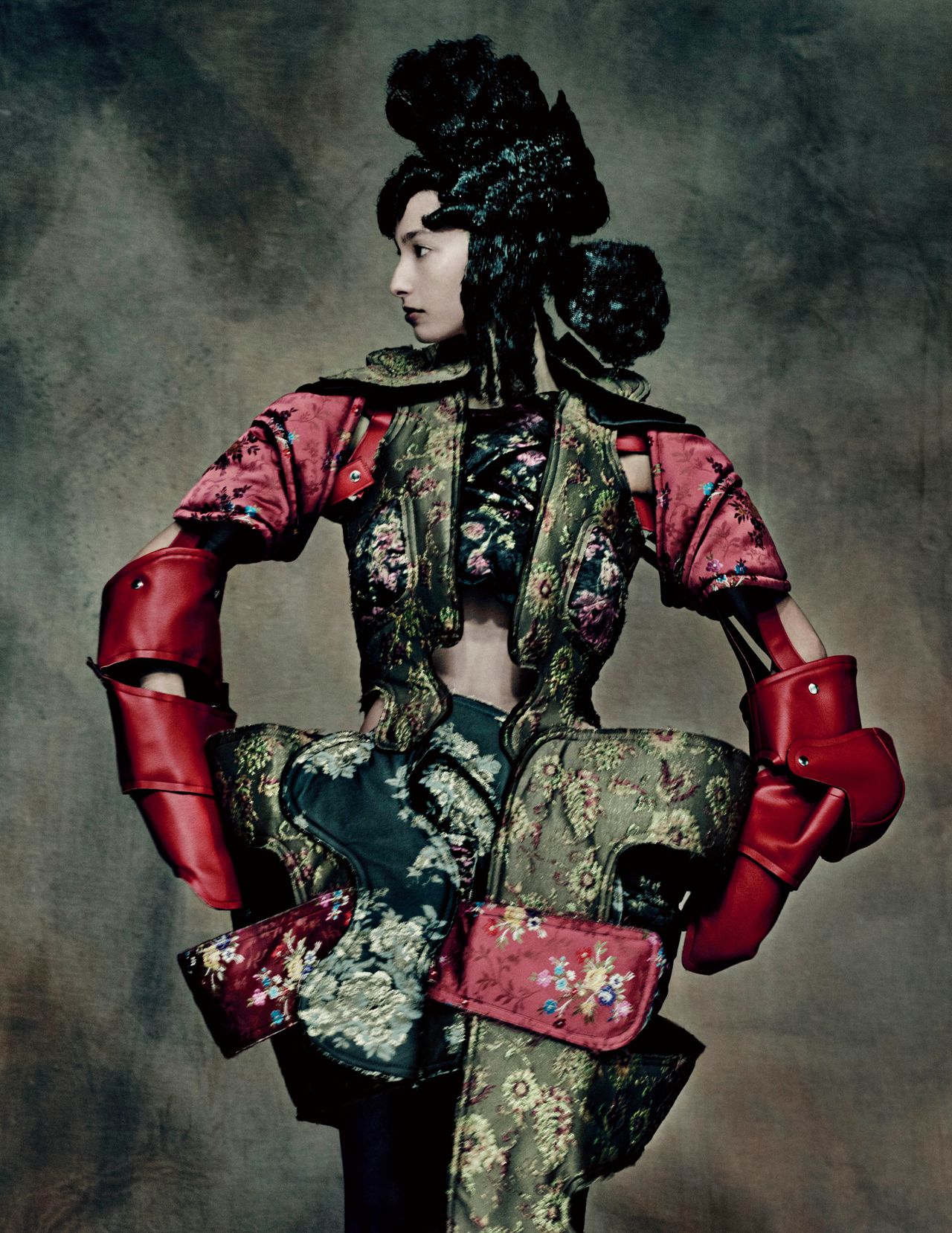
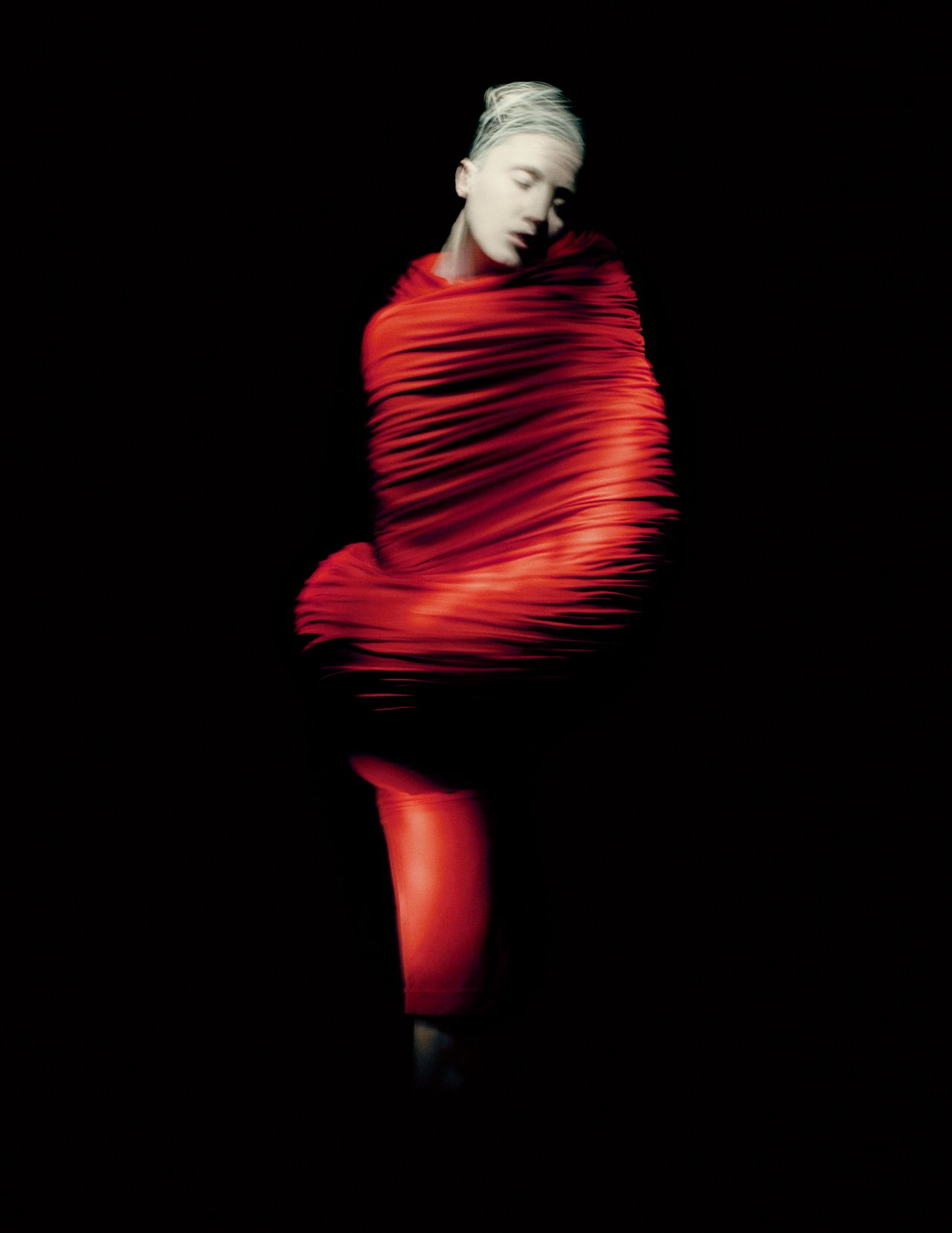
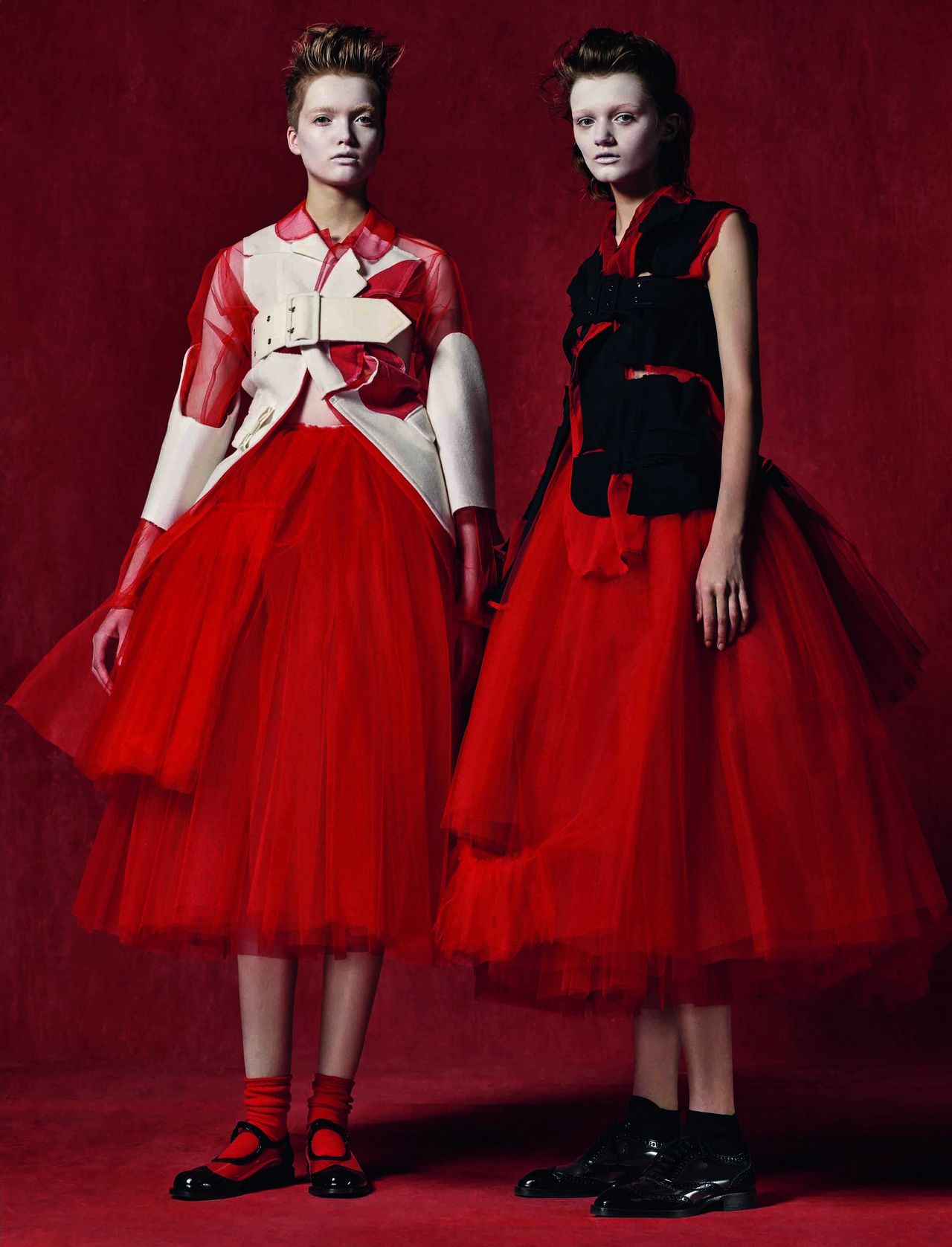

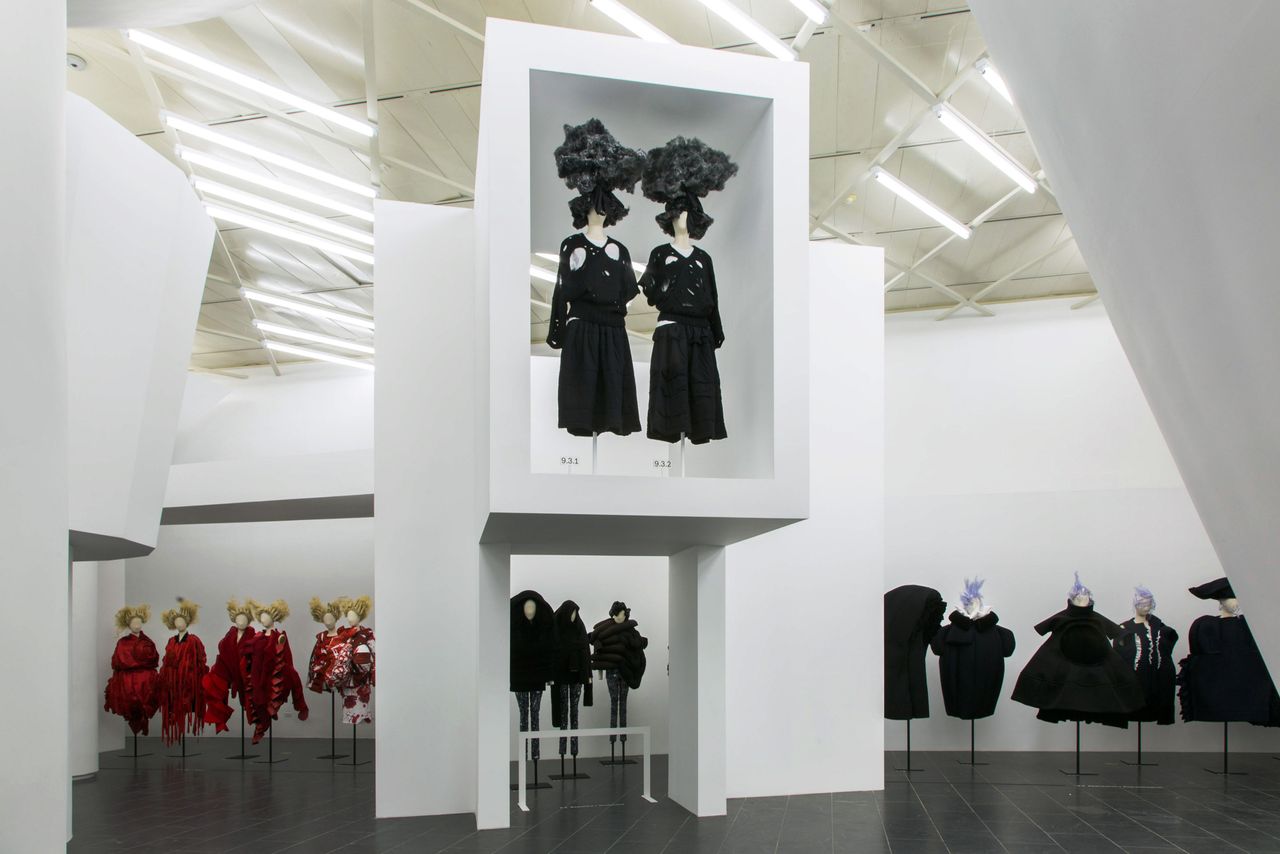
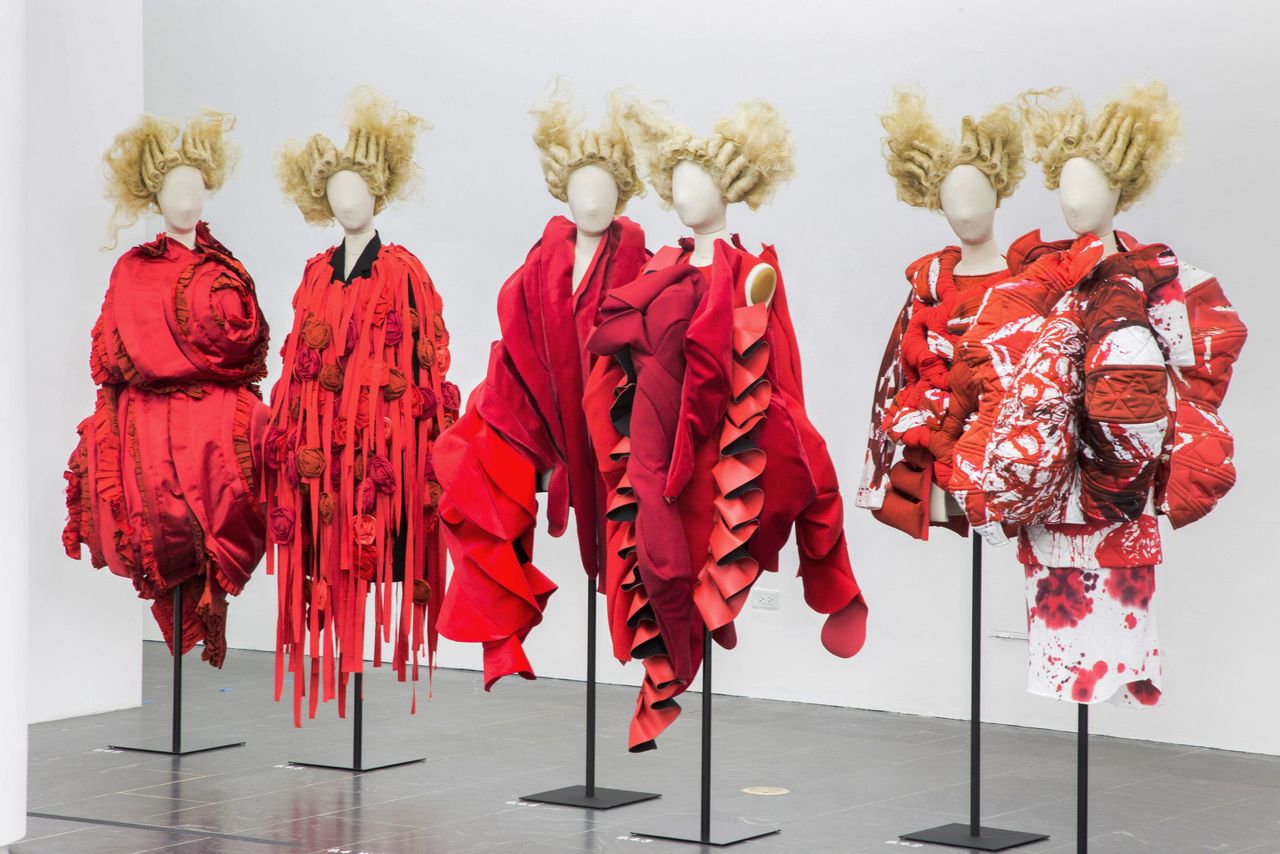

“Rei Kawakubo/Comme des Garçons: Art of the In-Between,” runs until September 4 at The Metropolitan Museum of Art. See photos from The Met Gala here.
